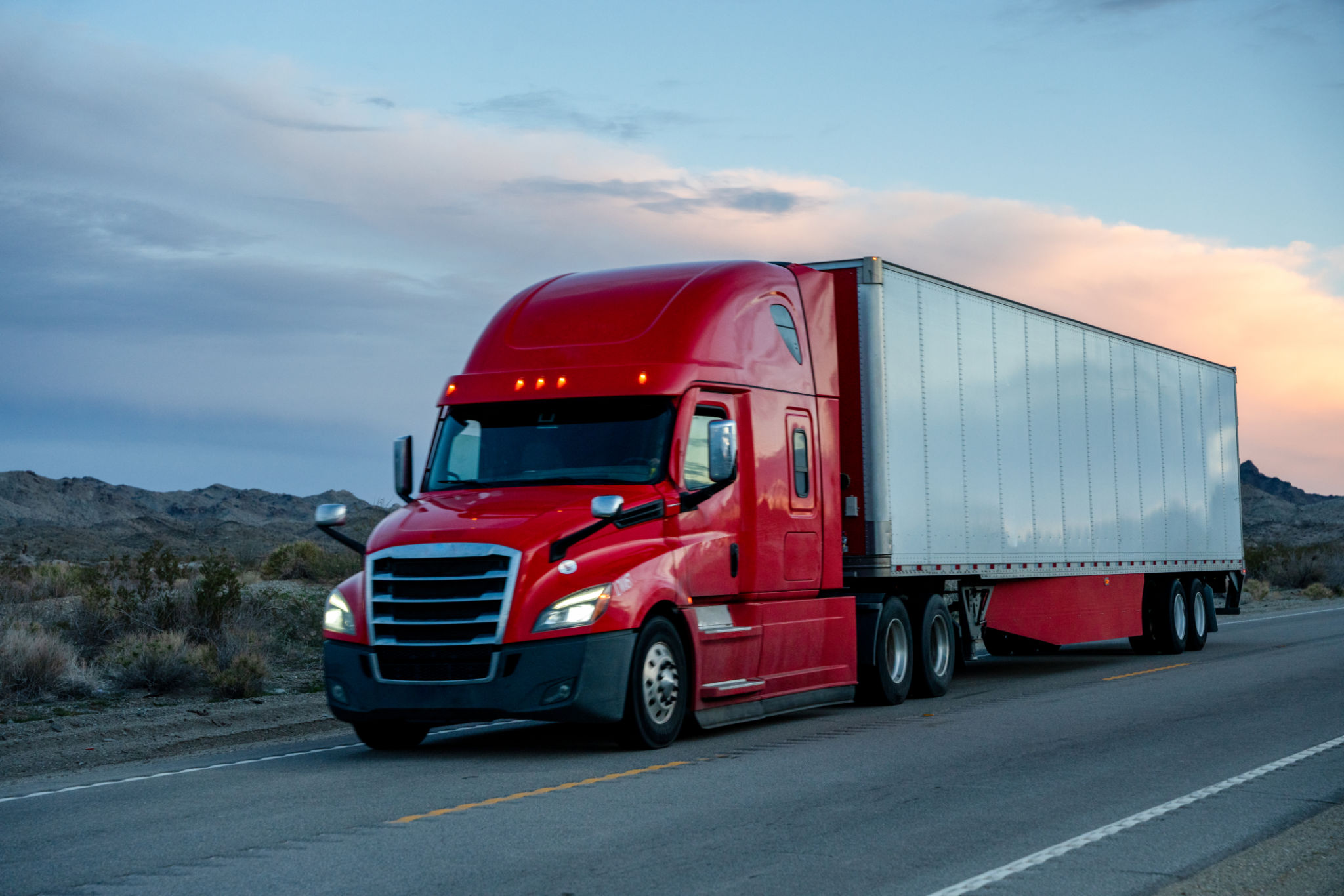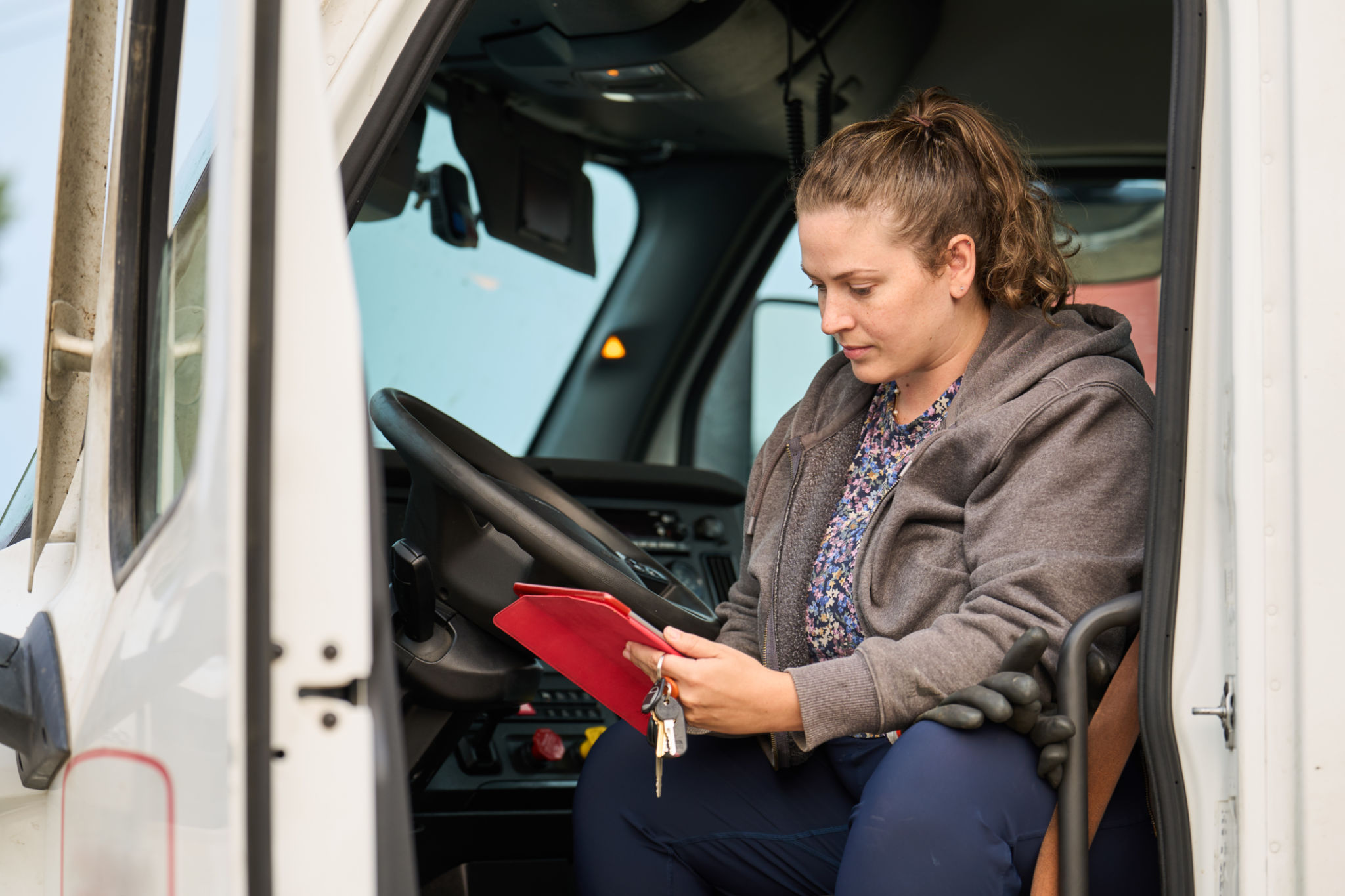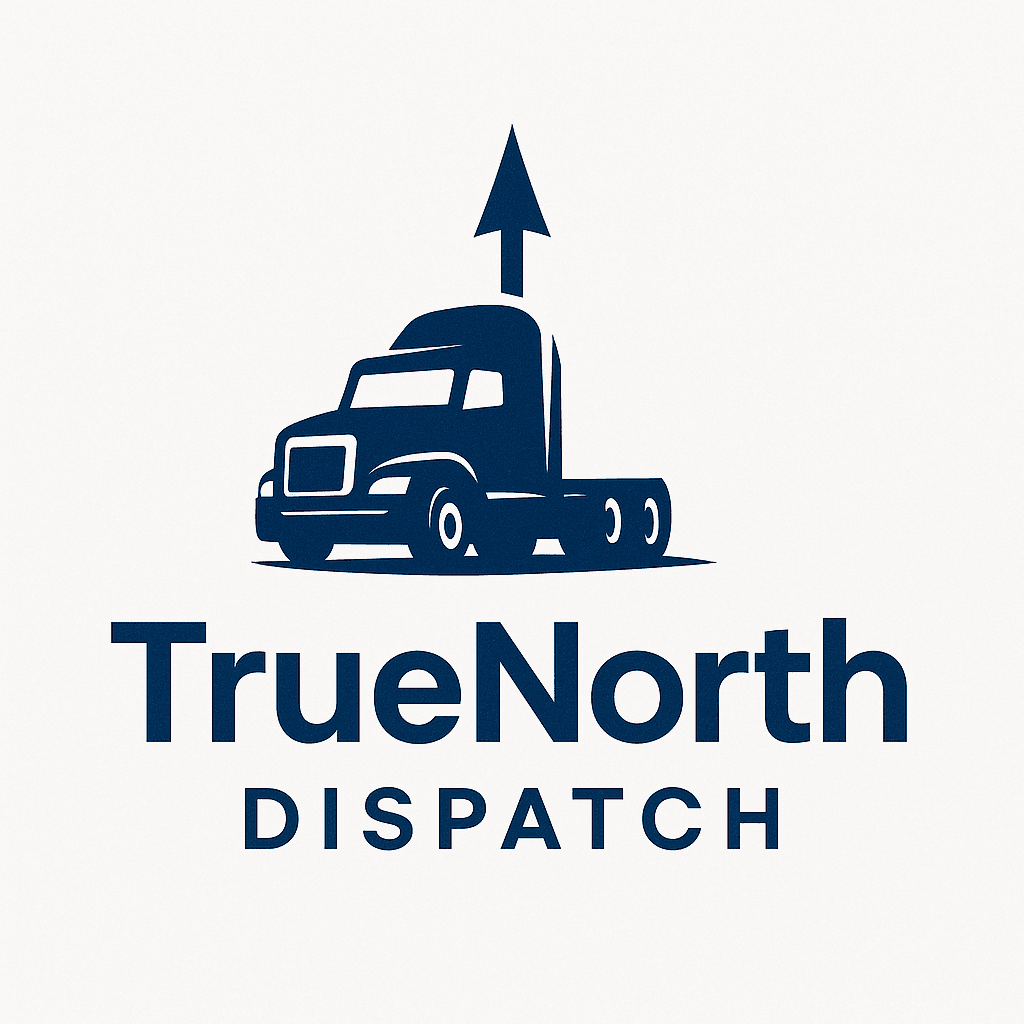Understanding Back-to-Back Loads: A Guide for Dispatchers
Understanding Back-to-Back Loads
In the fast-paced world of transportation and logistics, efficiency is king. For dispatchers, managing back-to-back loads effectively can significantly increase productivity and profitability. But what does managing back-to-back loads entail, and why is it so crucial for dispatchers?
Back-to-back loads refer to the practice of scheduling one load immediately after another for a truck driver, minimizing downtime and maximizing vehicle utilization. This approach not only improves operational efficiency but also enhances driver satisfaction by ensuring they have a steady stream of work.

The Importance of Planning
Successful management of back-to-back loads hinges on meticulous planning. Dispatchers must have a clear understanding of each driver’s schedule and capabilities, as well as real-time insights into traffic conditions and delivery windows. The goal is to seamlessly transition from one load to the next without unnecessary delays.
To achieve this, many dispatchers rely on advanced logistics software that provides real-time data analytics and route optimization. These tools allow dispatchers to make informed decisions quickly, adapting to changing circumstances on the fly.
Communication is Key
Effective communication between dispatchers and drivers is essential when handling back-to-back loads. Dispatchers should ensure that drivers are well-informed about their schedules, loading and unloading locations, and any special requirements for each load.

Moreover, maintaining open lines of communication allows dispatchers to receive timely updates from drivers, enabling them to adjust plans if necessary. This dynamic interaction helps in mitigating potential issues before they escalate into larger problems.
Technology: A Dispatcher’s Best Friend
Embracing technology can be a game-changer for dispatchers managing back-to-back loads. GPS tracking systems, mobile apps, and automated alerts provide real-time visibility and streamline the dispatching process.
- GPS Tracking: Offers real-time location tracking of vehicles, helping in monitoring progress and ensuring timely deliveries.
- Mobile Apps: Facilitate direct communication between drivers and dispatchers, providing updates on status and emergencies.
- Automated Alerts: Notify dispatchers of any delays or deviations from planned routes, allowing for quick adjustments.

Challenges in Managing Back-to-Back Loads
While back-to-back loads offer numerous advantages, they also present certain challenges. Dispatchers must be adept at managing unexpected delays, such as traffic congestion or mechanical issues. Flexibility and quick thinking are crucial in these situations to minimize disruptions.
Additionally, balancing driver schedules to prevent fatigue while maintaining efficient operations can be tricky. It's important for dispatchers to adhere to regulations regarding driving hours to ensure driver safety and compliance.
The Benefits of Mastering Back-to-Back Loads
When managed effectively, back-to-back loads can lead to increased revenue, reduced operational costs, and improved driver satisfaction. By optimizing routes and minimizing downtime, companies can deliver goods more efficiently and enhance customer satisfaction.
Moreover, drivers appreciate the consistency of work that back-to-back loads offer, contributing to higher retention rates and a more stable workforce.
Conclusion
For dispatchers looking to streamline operations and boost efficiency, understanding and mastering the management of back-to-back loads is essential. By leveraging technology, prioritizing communication, and planning carefully, dispatchers can overcome challenges and reap the benefits of this strategic approach.
